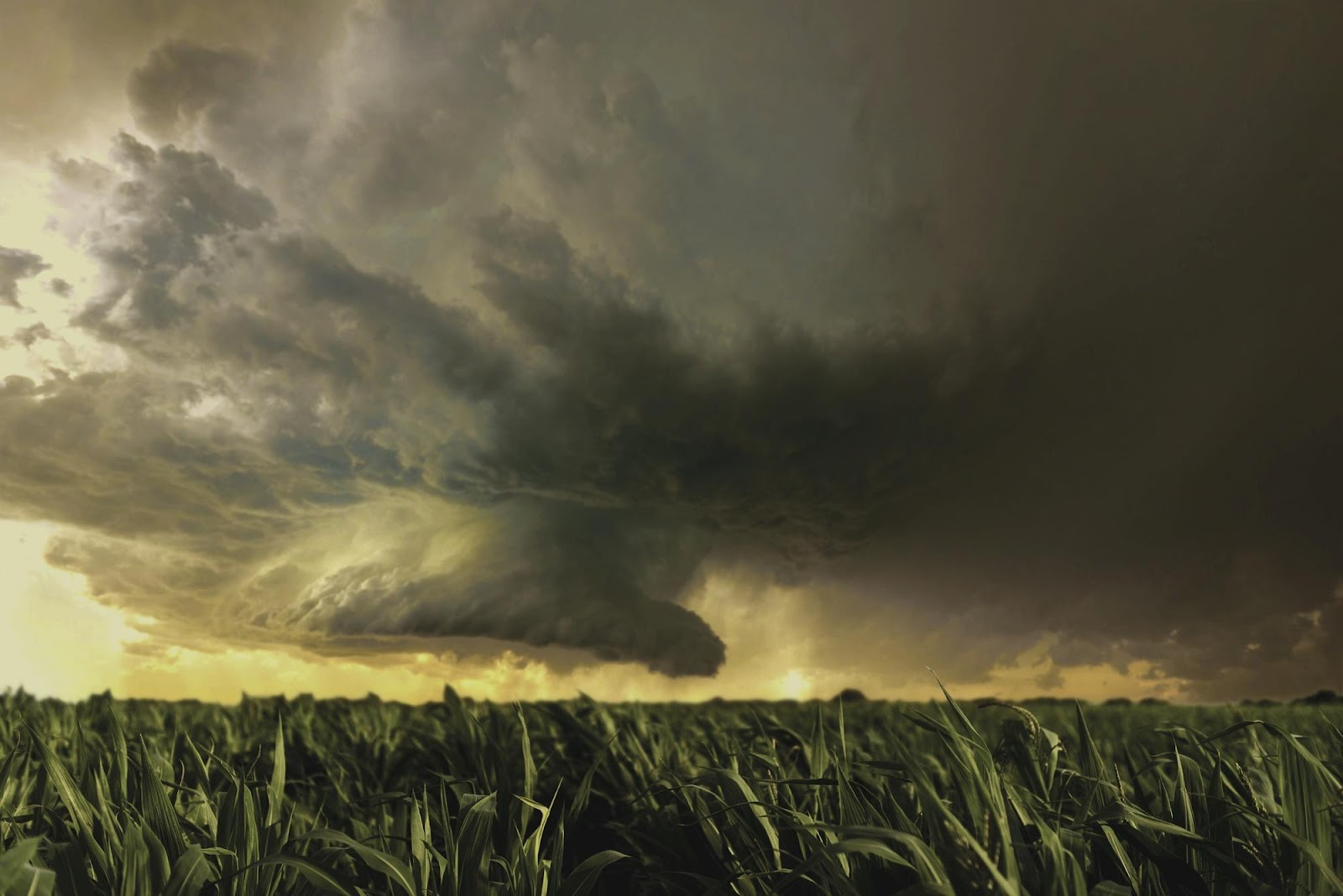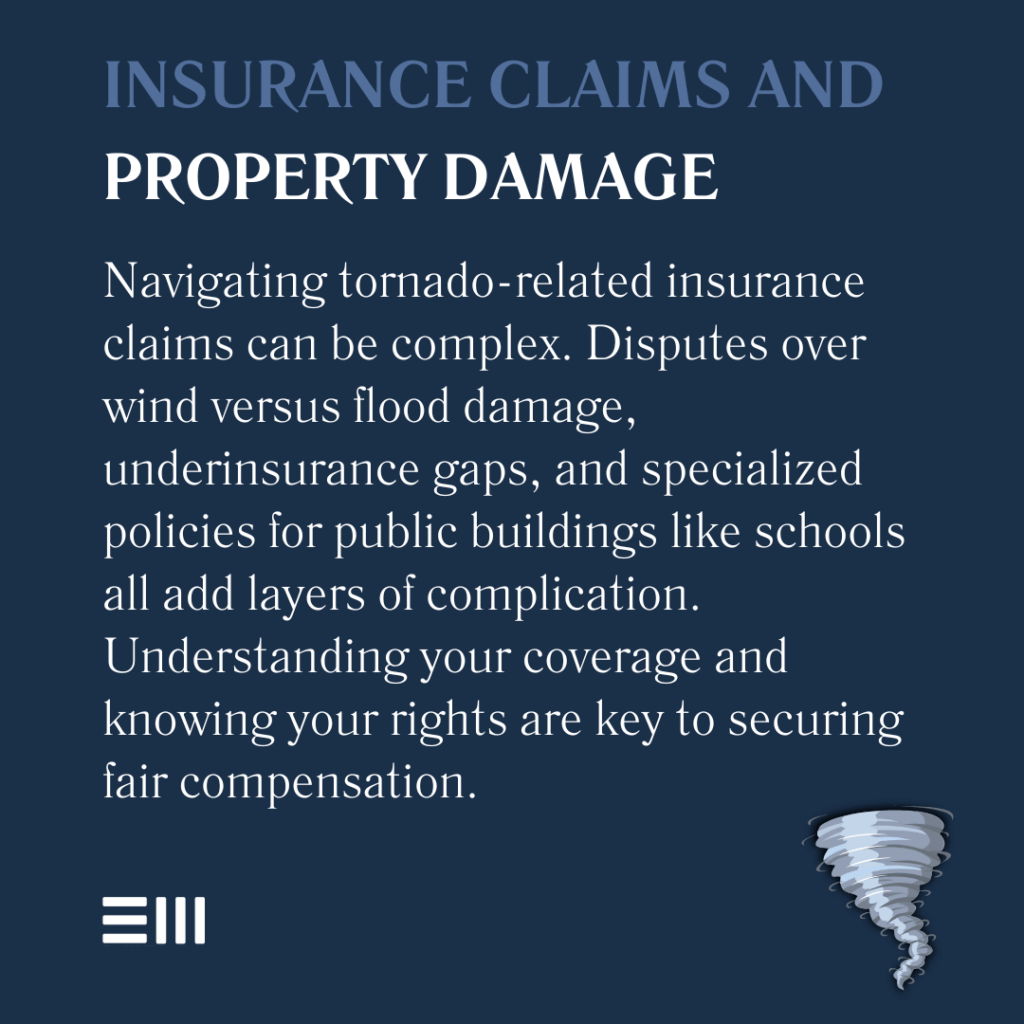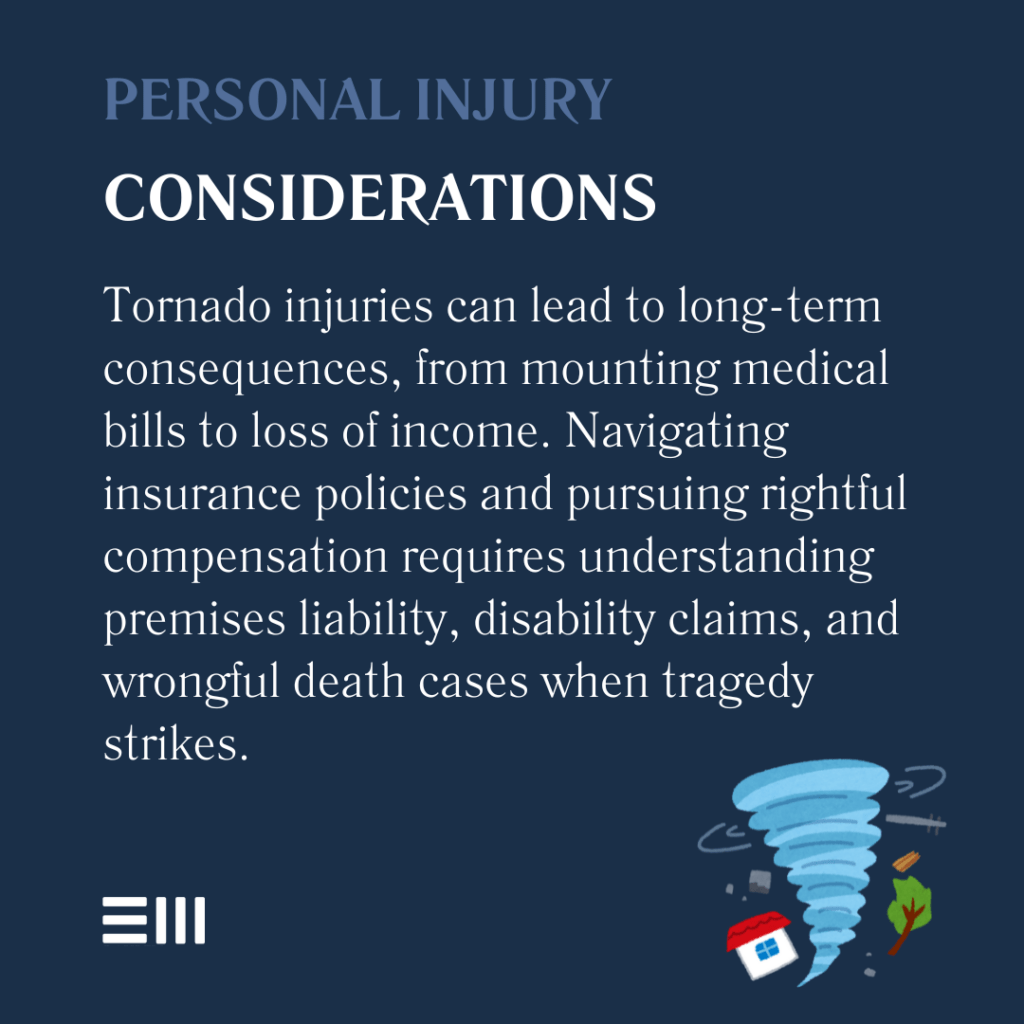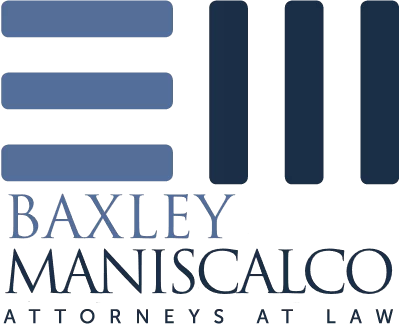
A powerful EF-2 tornado that struck Winterboro, Alabama, on March 15, 2025, has left behind extensive damage to public buildings, private property, and critical infrastructure.
The storm, which was powerful enough to lift a school bus onto the roof of Winterboro High School’s gymnasium, offers important lessons about disaster preparedness and highlights critical legal considerations for those affected by severe weather events.
The Devastating Impact
According to reports, the tornado hit Winterboro around 10 p.m. on Saturday, March 15, causing catastrophic damage to Winterboro High School.
“It totally destroyed the gymnasium, and did extensive damage to the older part of the high school they were using for other classes and after-school activities and things,” Chief Deputy Josh Tubbs of Talladega County Sheriff’s Department told PEOPLE Magazine.
The storm also damaged athletic facilities, ripping tin off new baseball dugouts and destroying both the press box and football stadium.
Beyond school property, the tornado caused significant damage to residential areas. Tubbs reported that a tree fell on at least one house, and a mobile home was completely destroyed, resulting in one fatality. The storm also downed numerous power lines throughout the affected area.
The incident in Winterboro is part of a larger weather system that has caused destruction across multiple states. By March 16, the death toll from tornadoes and severe storms across the Midwest and South had reached at least 40 people, according to NBC News.
Insurance Claims and Property Damage
For Alabama residents affected by the recent tornado, navigating insurance claims will be a critical first step in recovery.
However, this process can be complicated by several factors.
1. Coverage Disputes
Many homeowner policies contain specific language regarding wind damage and may have separate deductibles for named storms or tornadoes. Insurance companies sometimes dispute whether damage was caused by wind (typically covered) versus flooding (often excluded from standard policies).
2. Underinsurance Issues
A significant concern for many property owners is discovering their insurance coverage is insufficient to rebuild at current construction costs. This “underinsurance gap” can leave families facing significant out-of-pocket expenses at a time when financial resources are already strained.
3. Business Interruption
Local businesses may face extended closures due to physical damage or lack of utilities. Business interruption insurance can provide critical financial support, but these claims often involve complex calculations and documentation requirements.
4. Public Property and Infrastructure
The extensive damage to Winterboro High School raises questions about public entity insurance, FEMA assistance, and the timeline for rebuilding essential community facilities. School districts often carry specialized insurance policies with unique provisions for rebuilding public educational facilities.
Recovery efforts in Winterboro are already underway, with power companies working “around the clock” to restore electricity and local churches organizing volunteers to clear debris, according to Chief Deputy Tubbs.

Personal Injury Considerations
While property damage is often the most visible consequence of tornadoes, personal injuries can have even more devastating long-term impacts. The tragic fatality in Winterboro highlights the extreme danger these weather events pose.
For those who suffer injuries during severe weather events, several legal considerations may apply:
1. Premises Liability
Questions of premises liability may arise if injuries occur due to building code violations, inadequate storm shelters in commercial or public buildings, or failure to properly secure items that become projectiles during high winds.
2. Insurance Claims for Medical Expenses
Those injured during severe weather events may need to navigate multiple insurance policies, including homeowner’s insurance, health insurance, and in some cases, automotive policies if injuries occurred in or near vehicles.
3. Long-term Disability Considerations
Serious injuries from building collapses or flying debris may result in long-term disability requiring ongoing medical care, rehabilitation, and potentially lost income. Ensuring proper compensation for these long-term needs is essential.
4. Wrongful Death Claims
In the most tragic circumstances where lives are lost, families may have grounds for wrongful death claims if negligence by property owners, employers, or other entities contributed to the death.
Understanding these legal frameworks is crucial for ensuring fair treatment by insurance companies and other responsible parties in the aftermath of severe weather events.

Emergency Preparedness from a Legal Perspective
Chief Deputy Tubbs emphasized the importance of emergency preparedness, stating: “Mother nature is nothing to play with. It can be very disruptive.” He urged people to “take necessary precautions,” noting that “you can replace property, [but] you can’t replace human life.”
From a legal standpoint, proper emergency preparedness includes:
- Regular review of insurance policies to ensure adequate coverage;
- Documentation of property condition and valuable possessions before damage occurs;
- Understanding evacuation procedures and maintaining emergency supplies; and
- Creating and safely storing important legal documents like property deeds, insurance policies, and identification.
These steps not only protect physical safety but also position individuals and families for smoother recovery processes if disaster strikes.
Community Resources and Recovery
The community response in Winterboro demonstrates the resilience typical of Alabama communities. Chief Deputy Tubbs noted that “Everybody here is just really pitched in and trying to get everything cleaned up and back to normal.”
While community support is invaluable, affected residents should also be aware of available government assistance programs:
- FEMA disaster assistance may be available if a federal disaster is declared;
- Alabama Emergency Management Agency programs;
- Small Business Administration disaster loans; and
- Nonprofit assistance through organizations like Red Cross and United Way.
Navigating these programs often requires extensive documentation and an understanding of eligibility requirements, areas where legal guidance can be beneficial.
Get the Legal Help You Deserve
If your home, business, or family has been impacted by the devastating Alabama tornado, you don’t have to navigate the aftermath alone. Insurance companies may downplay your claim, disputes can delay your recovery, and the legal process can feel overwhelming—but you have rights.
At Baxley Maniscalco, our experienced attorneys fight for Alabama families, ensuring they receive the full compensation they deserve for property damage, personal injury, and insurance disputes. We understand the challenges you’re facing, and we’re here to make the legal process as seamless as possible.
Time is critical. Don’t let insurance delays or legal obstacles stand in the way of your recovery.
Call Baxley Maniscalco today for a consultation and take the first step toward rebuilding.
Can't find what you're looking for? Search our site below.










